Perhaps a revolution is not what we need
/A few weeks ago, Malcolm Gladwell, he of the Tipping Point, set off a fire storm in the blogosphere and twitterverse in response to a pointed critique of the political value of Twitter, Facebook, and other social media. Gladwell's comments drew a sharp comparison between the kinds of activism which fueled the civil rights movement of the 1950s and 1960s and the kinds of activism which emerge through the new digital platforms. From where I sit, Gladwell is comparing apples to oranges or in this case, movements and platforms. The Civil Rights Movement certainly tapped into networks of all kinds -- from the congregations of churches to the sisterhood of sororities, and deployed a broad range of communications technologies available at the time. Twitter is however simply one of many communications platforms through which we forge politics in the 21st century. There's a tendency to look at it and try to read its features as totally embodying a new kind of public, but that is profoundly misleading. We do not live on a platform; we live across platforms. We choose the right tools for the right jobs. We need to look at the full range of tools a movement deploys at any given moment -- including some old fashion ones like door to door canvasing, public oratory, and street corner petitions, to understand the work which goes into campaigns for social change. In any case, I think critiques like Gladwell's does important work -- it stirs the pot; it forces us to articulate what we really mean; the debates which follow clears away old stereotypes and cliches. That's why I am as interested in what people are saying in response to Gladwell as I am interest in Gladwell's original comments. So, for example, my former student, Ramesh Srinivasan, now a faculty member at UCLA and someone who spends lots of time getting new media technologies and practices into the hands of marginalized and disenfranchised groups around the world, has written an excellent post over at his blog. Here's a little of what he had to say:
It's hard for me to think about revolutions without remembering the incredible Battle of Algiers film, which apparently the CIA studied when the government was deciding to take the curious step of invading Afghanistan. The success of the resistance network in Algiers was its horizontal structure. There was no point of centrality that could be attacked to then take down the overall network. Classic studies of effective movements of this sort have been conducted by the Rand Corporation, for example, in their research on Information Wars and Networks. Examples as these show that even if Gladwell is correct in that networks largely lack organization, they certainly are difficult to stifle, as we see throughout history around examples of guerilla, distributed wars.
What is notable in the Algerian example is that this effective movement was not hierarchical, but a coordinated network! And that these networks are actually extremely well organized. Organization and decentralization thus need not be mutually exclusive, though of course in some cases they may be (as did indeed seem to be the case in the iran example as well). Thus, perhaps Gladwell is making the mistake of comparing apples and oranges by contrasting most uses of social media (which are passive, require little commitment and are indeed weak ties) with the committment and organization needed within successful revolutions.
Instead, I would suggest that some elements of social media *can be utilized* to generate and cement ties and coordination between those committed to the revolutionary cause. Moreover, by spreading awareness via weak ties, other social roles can be defined and filled, perhaps by some individuals less strongly committed the cause but important in terms of their positions within the network (hit the 'donate here' button!). This is exactly what my colleague Adam Fish and I uncovered in our analysis of oppositional political bloggers in Kyrgyzstan (Internet Authorship in Kyrgyzstan: Social and Political Implications). We found that while it was not the medium itself that 'tweeted revolution', it did serve a purpose of refining a message and philosophy, and most importantly connecting a small but influential group of activists. It was the strong, not weak ties, associated with social media, that made the difference.
There's more great insights on his blog.
Speaking of blogs, we recently launched a blog to support the ongoing research my team at Annnenberg School of Communications and Journalism have been doing around youth, activism, and participatory politics. Here, too, we've been closely dissecting Gladwell's arguments. Kevin Driscoll, an alum of MIT's Comparative Media Studies Program and now an Annenberg PHD Candidate, offers his perspectives below, including links to a wide array of other reactions and critiques of the original New Yorker piece.
Perhaps a revolution is not what we need
by Kevin Driscoll
Malcolm Gladwell joins a rising chorus of skeptics in his latest piece for the New Yorker, Small change: Why the revolution will not be tweeted. Responding to what he calls an "outsized enthusiasm" for social media technologies as activist tools, he argues that the weak ties enabled by services like Twitter cannot inspire the kind of commitment and bravery required of "high-risk activism" like the civil rights movement.
It's a compelling argument and, to his credit, Gladwell works hard to name the sources of this "enthusiasm". Among his slacktivist hall of shame: oversold "Twitter Revolutions" in Moldova and Iran, massive awareness campaigns on Facebook, and the Legend of the Stolen Cellphone (as told by Clay Shirky).
Despite careful attention to some very real weaknesses of network activism, Gladwell's argument suffers from a lack of detail in two important areas: technology and history.
What is "Twitter"?

Twitter is the representative social media technology throughout most of Gladwell's article. But as an admitted non-user, Gladwell overlooks features and user scenarios that would add a critical complexity to his argument. Like email or the telephone, Twitter is a non-prescriptive communication platform. Each user experiences "Twitter" differently depending on the time of day and frequency she checks her feed, the other people she follows, and the interface(s) she uses to access the network. Because of this flexibility, norms emerge, mutate, collide, and fade away among Twitter users with a fluidity that may not be easily apprehendable to a non-user like Gladwell.
Twitter may feel like a new phenomenon but listen closely and you will find echoes of older technological paradigms at its borders. A Twitter feed is expressed using the same protocols that syndicate blog content and its famous 140-character limit ensures compatibility with a text messaging standard from 1985. These design decisions afford Twitter data a powerful mobility. You can subscribe to a Twitter feed with an blog reader and send a tweet from any old mobile phone. Technically speaking, there is little "new" about it.
Although Andrew Sullivan and others initially reported that the 2009 protests in Iran were coordinated by Twitter, it turns out that most of the Twitter activity was taking place in Europe and the U.S.. This narrative meets the needs of Gladwell's argument - Twitter use did not contribute to direct action on the streets of Tehran - but misses an opportunity to investigate an odd parallel: thousands of people with internet access spent days fixated on a geographically-remote street protest.
Who was that fixated population? Amin Vafa suggests that young diasporic Iranians like himself ("lucky enough to move to the US back in the late 1980s") may have played a critical role in the flurry of English-language activity on Twitter. He recalls obsessively seeking information to retweet, "I knew at the time it wasnât much, but it was something." Messages sent among family and friends within and without Iran provided countless small bridges between the primarily SMS-based communication paradigm in Iran and the tweet-based ecology of the US/EU.
Such connections among far-flung members of Iranian families represent strong ties of a type similar to those that Gladwell admires in the civil-rights movement. And Vafa's experience suggests that the specific technological affordances of Twitter enabled people to exercise those ties on a transnational scale. This is not to recommend either Twitter or SMS as effective tools for organizing an uprising (when things get hectic, cell phone service is the first to go) but instead to highlight the critical importance of including technical detail in any discussion of social media activism.
What is "the civil-rights movement"?

Gladwell presents the civil-rights movement as a touchstone for "traditional" activism. In vivid narrative passages, he recounts moments of breathtaking heroism among black activists in the face of hate, discrimination, and brutality. This bravery, he argues, was inspired by strong local ties and enabled by support from hierarchically-structured organizations like the N.A.A.C.P. The movement, as he finds it, was "disciplined", "precise", and "strategic"; systematically mobilizing thousands of participants in the execution of long-term plans toward well-defined goals. "If you're taking on a powerful and organized establishment," he concludes, "you have to be a hierarchy."
Absent from this discussion, however, is consideration for the role of history in our present-day understanding of the civil-rights movement. During a visit to our research group last week, Steven Classen reminded us that our cultural memory of the civil-rights era is built on an incomplete record. Civil-rights activism was, in Gladwell's terms, "high-risk" activism and carried the threat of injury or death. For this reason, activist communication was covert and empheral; the kind that does not leave traces to be collected and preserved in an archive.
Before the civil-rights movement can provide data to support an analysis of hierarchical activist organizations, consideration must be made for the thousands of "silent heroes" whose whose risks and labor were not recorded in any official history. Classen's interviews and archival research revealed an enlarged history of the civil-rights movement in which the highly-visible actions of centralized organizations were accompanied by small acts of resistance among seemingly autonomous groups in rural communities throughout Mississippi. How should researchers account for these gaps and discrepancies? In spite of the sheer quantity of data produced by today's social media use, there will always be aspects of social movements that are lost, forgotten, obscured, and excluded.
The same risk of injury that once obscured many human stories from the dominant history of the civil-rights movement is fundamental to Gladwell's categorization of different types of activism. On one hand, he is right to distinguish "high-risk" activism like the civil-rights movement from comparatively safe acts like joining a Facebook Cause but when he writes that, "activism that challenges the status quo [...] is not for the faint of heart", he seems to imply that violence is a necessary condition for effecting social change. In response, Linda Raftree recalls the nerve-wracking experience of carrying a politically-themed t-shirt through the streets of El Salvador in the early 1990s. The very same act that seems innocuous to a U.S. citizen can be extremely risky within a different political regime. As social media networks and their users increasingly cross national boundaries, the line between "high" and "low" risks will blur. Depending on one's geographic, cultural, and religious position, participation in social media activism may involve considerable risks: social ostracization, joblessness, displacement, or spiritual alienation.
What works?

The most hierarchical organizations in the civil-rights movement focused on (and succeeded in changing) the most hierarchical problems they faced: discriminatory laws and policies. But racism is not a highly-structured problem. In fact, racism is a dispersed, slippery evil that circulates, mutates, and evolves as it moves through groups of people across time and space. The hierarchical civil-rights movement defeated Jim Crow, an instantiation of racism, but could not eradicate racism itself.
Perhaps network problems like racism require non-hierarchical, network solutions. Stetson Kennedy's "Frown Power" campaign of the 1940s and 1950s was an effort to address racism in a network fashion. To combat everyday racism, Kennedy encouraged anti-racist whites to respond to racist remarks simply by frowning. Dan Savage's It Gets Better project is a similar present-day example. Angered and saddened by the persistence of homophobic bullying among high school students, Savage asks queer adults to speak directly to victimized teens using web video. Both campaigns are activism for the "faint of heart". They effect a slow, quiet change rather than large-scale revolution.
And maybe a focus on outcomes is what this conversation needs. Creating a hard distinction between "traditional" activism and "social media" activism is a dead end. Whether the medium is Twitter, pirate radio, a drum, or lanterns hung in a Boston church tower, "real world" activism depends on the tactical selection of social media technologies. Rather than fret about "slacktivism" or dismiss popular new tools because of their hype, we should be looking critically at history for examples of network campaigns like Frown Power that take advantage of their culture and technological circumstances to effect new kinds of social change.


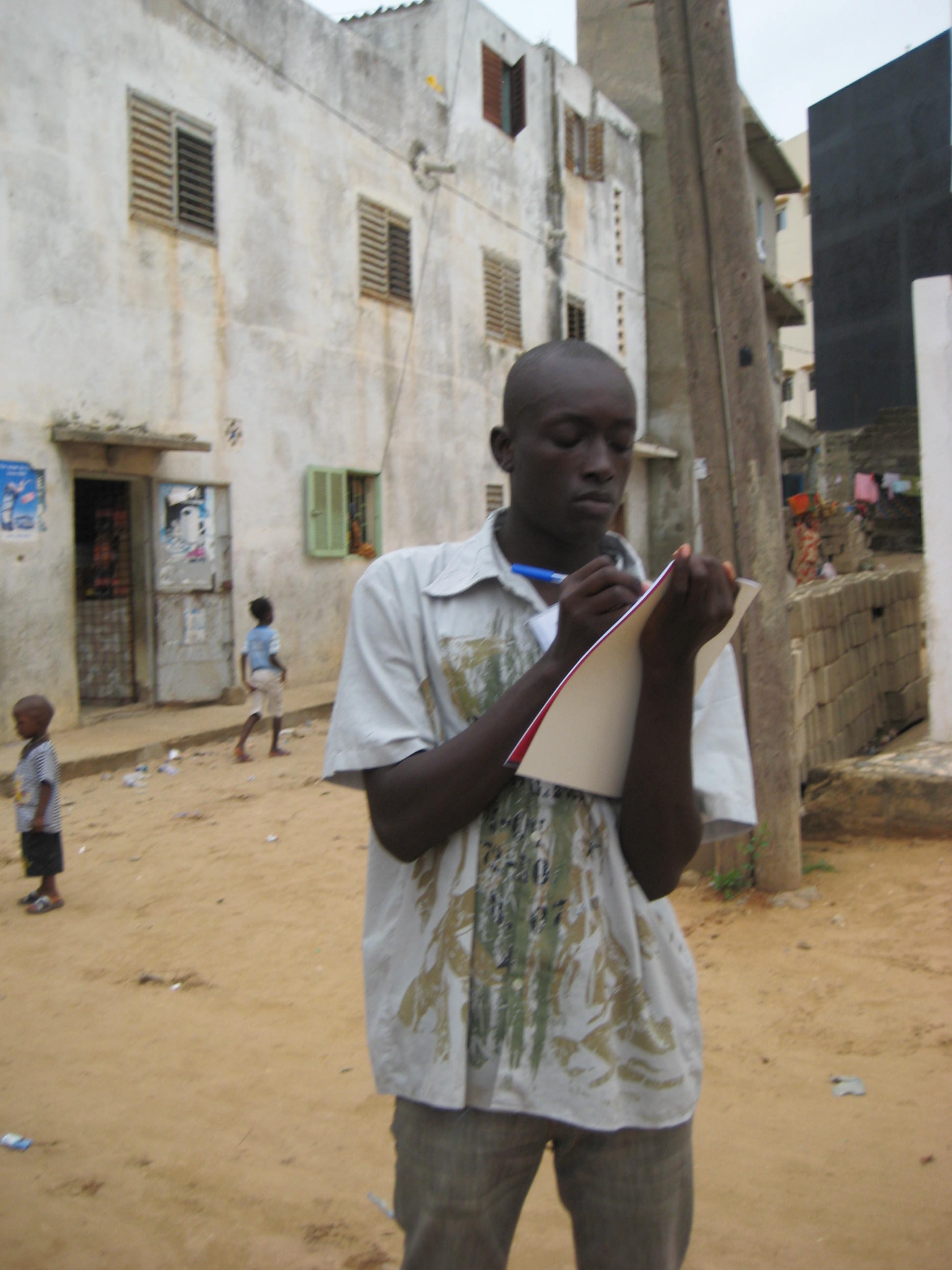
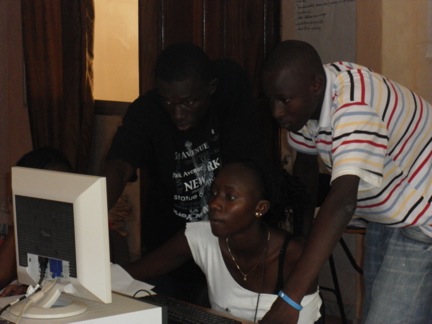

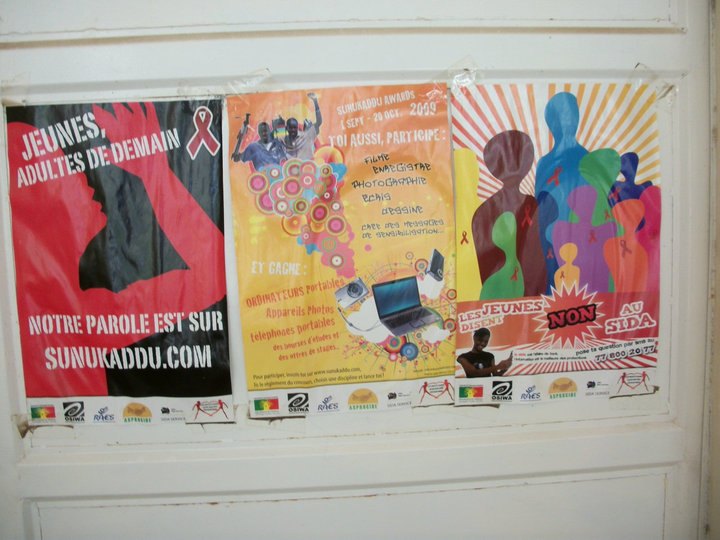

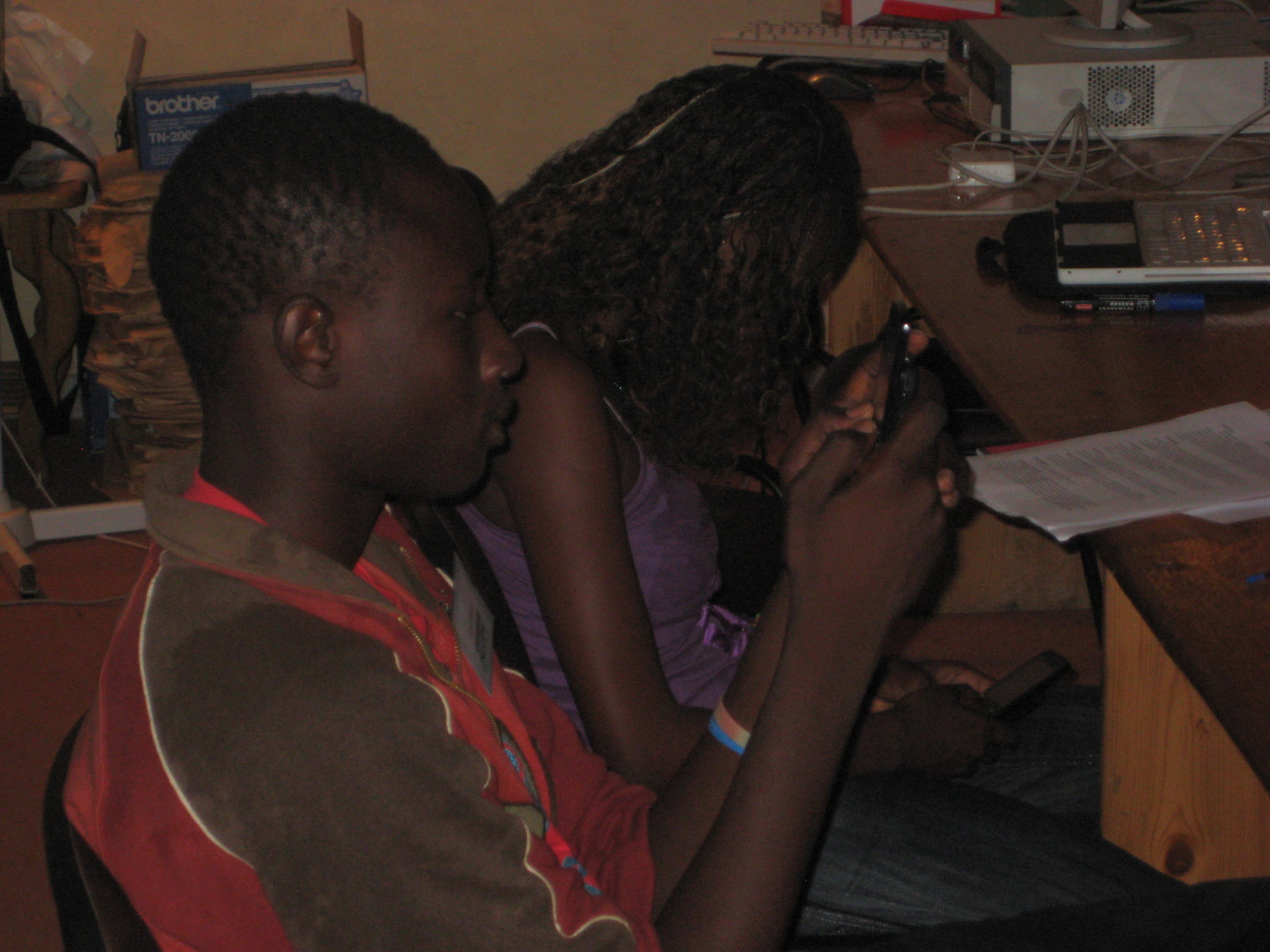
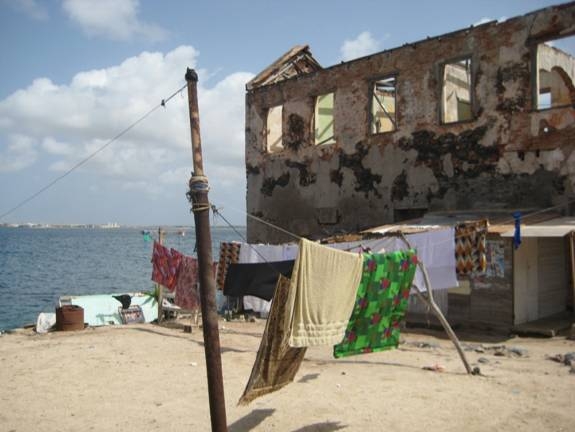
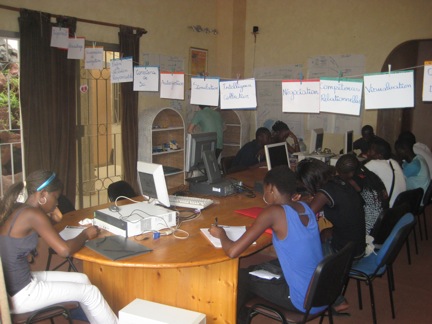
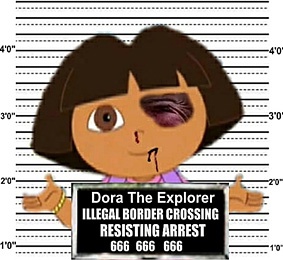

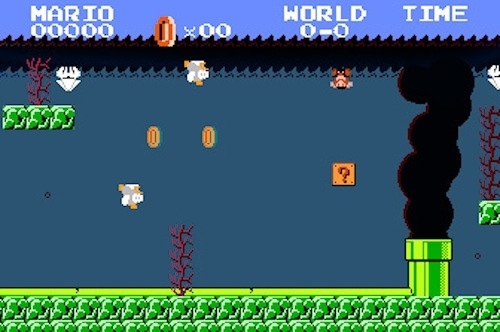

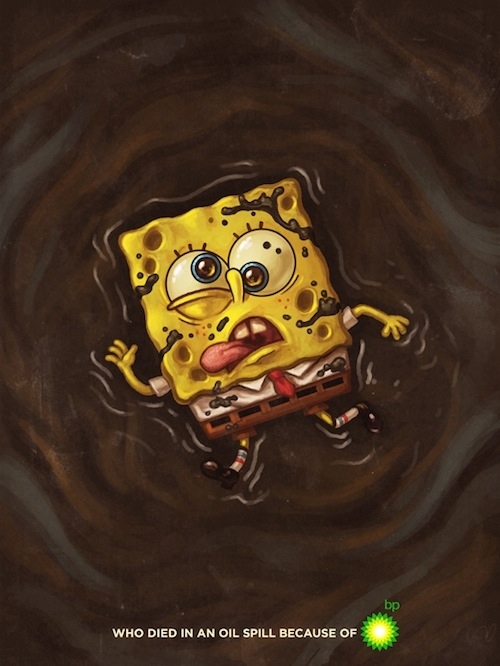
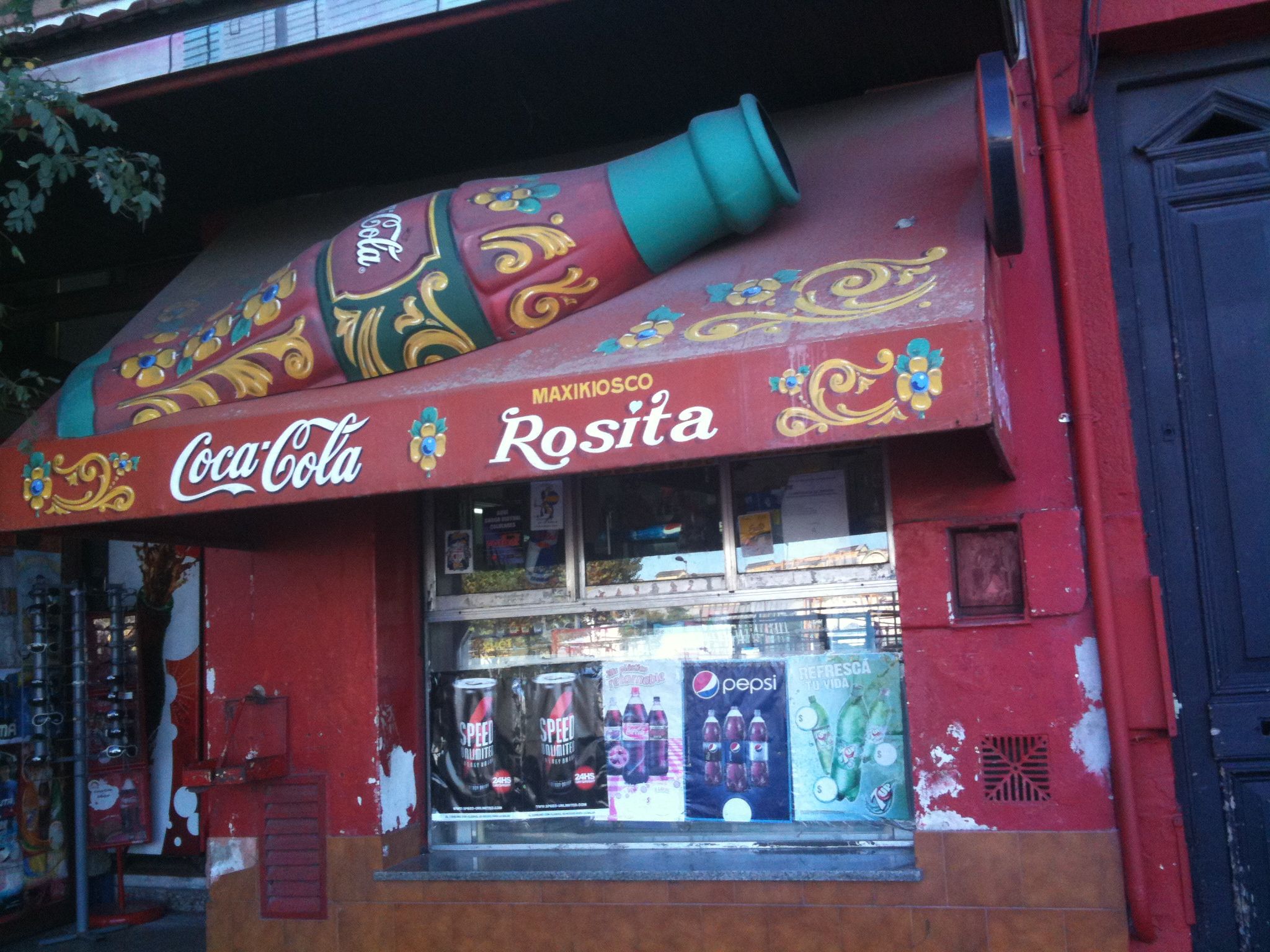


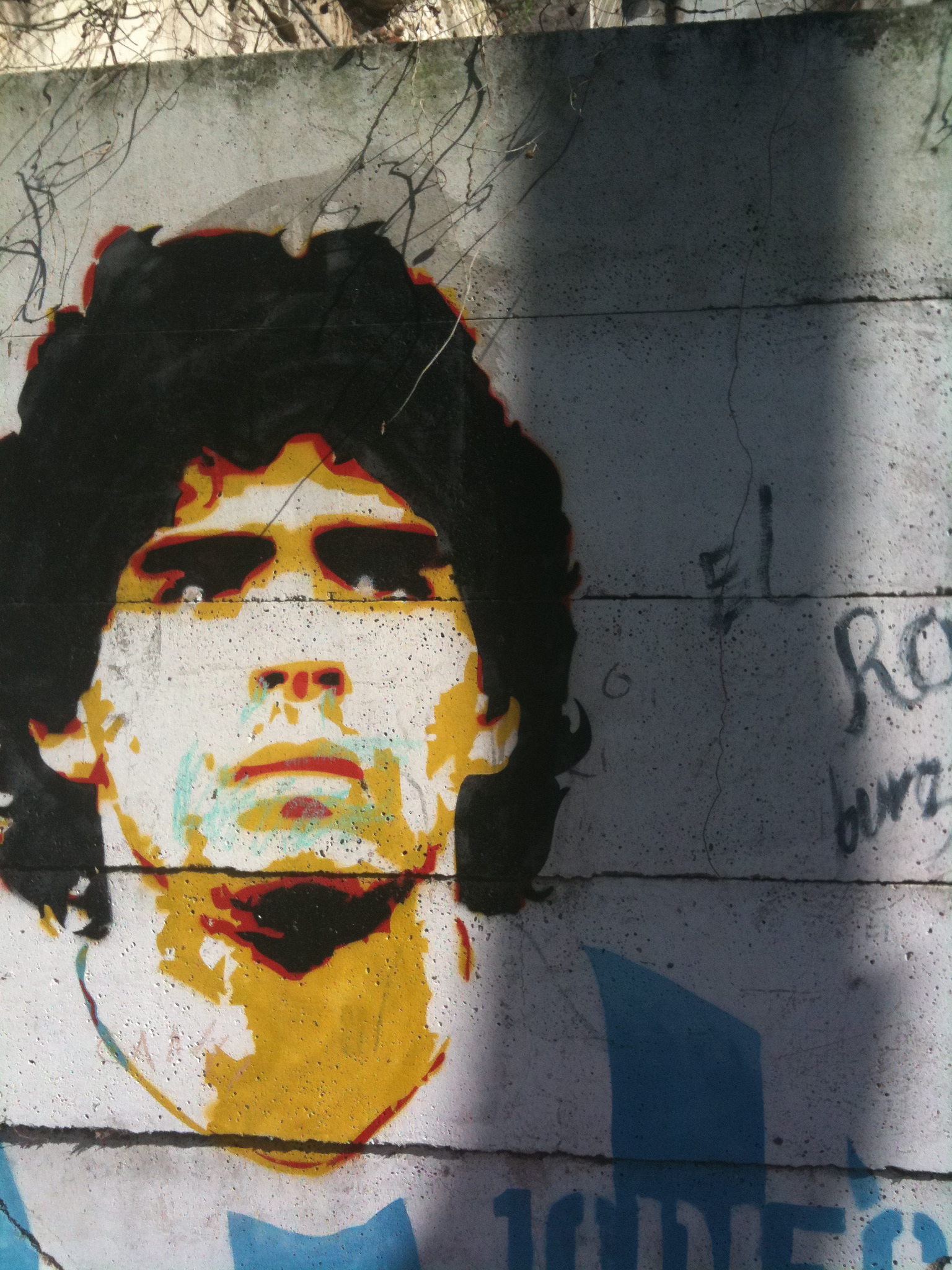
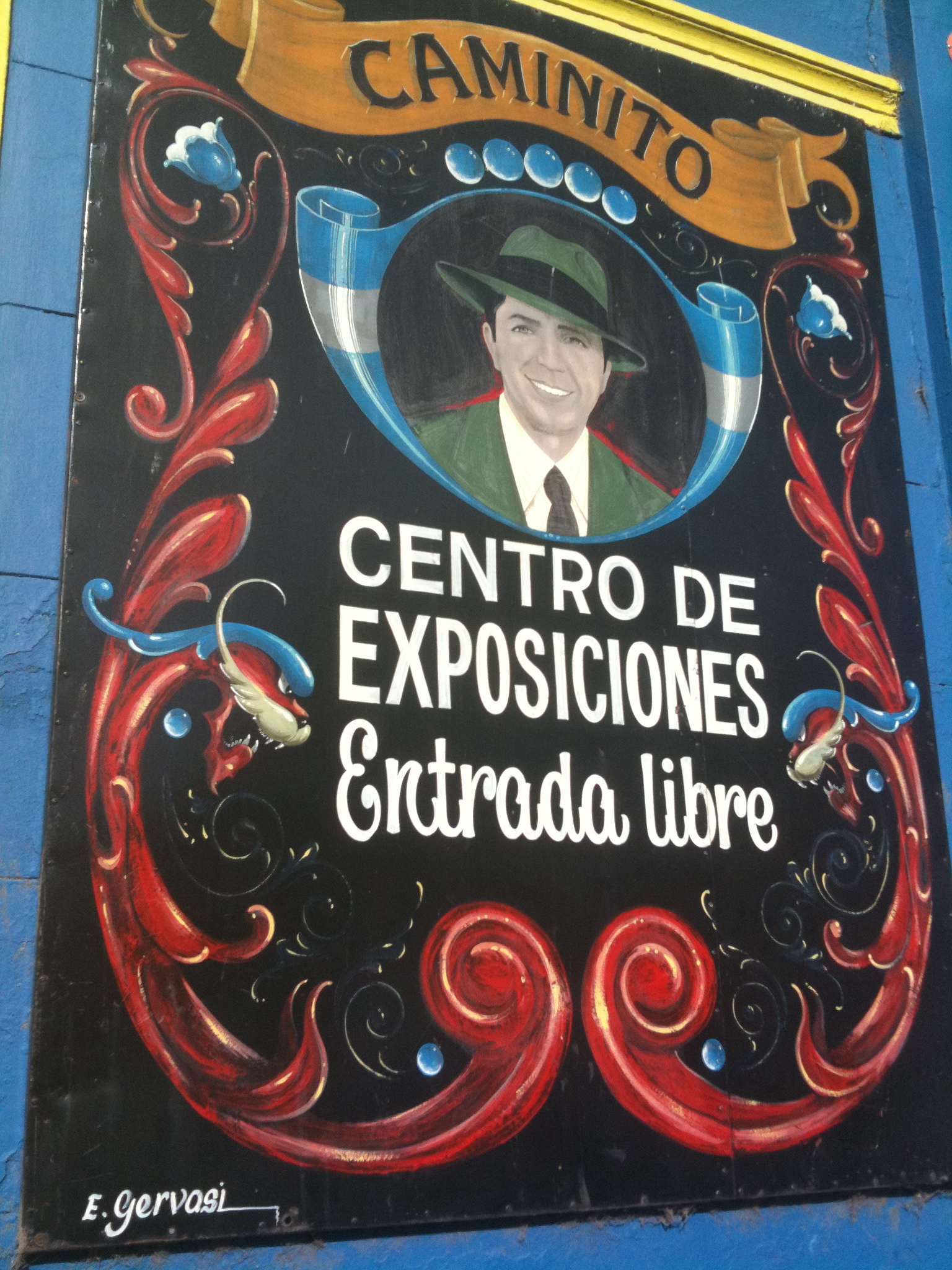



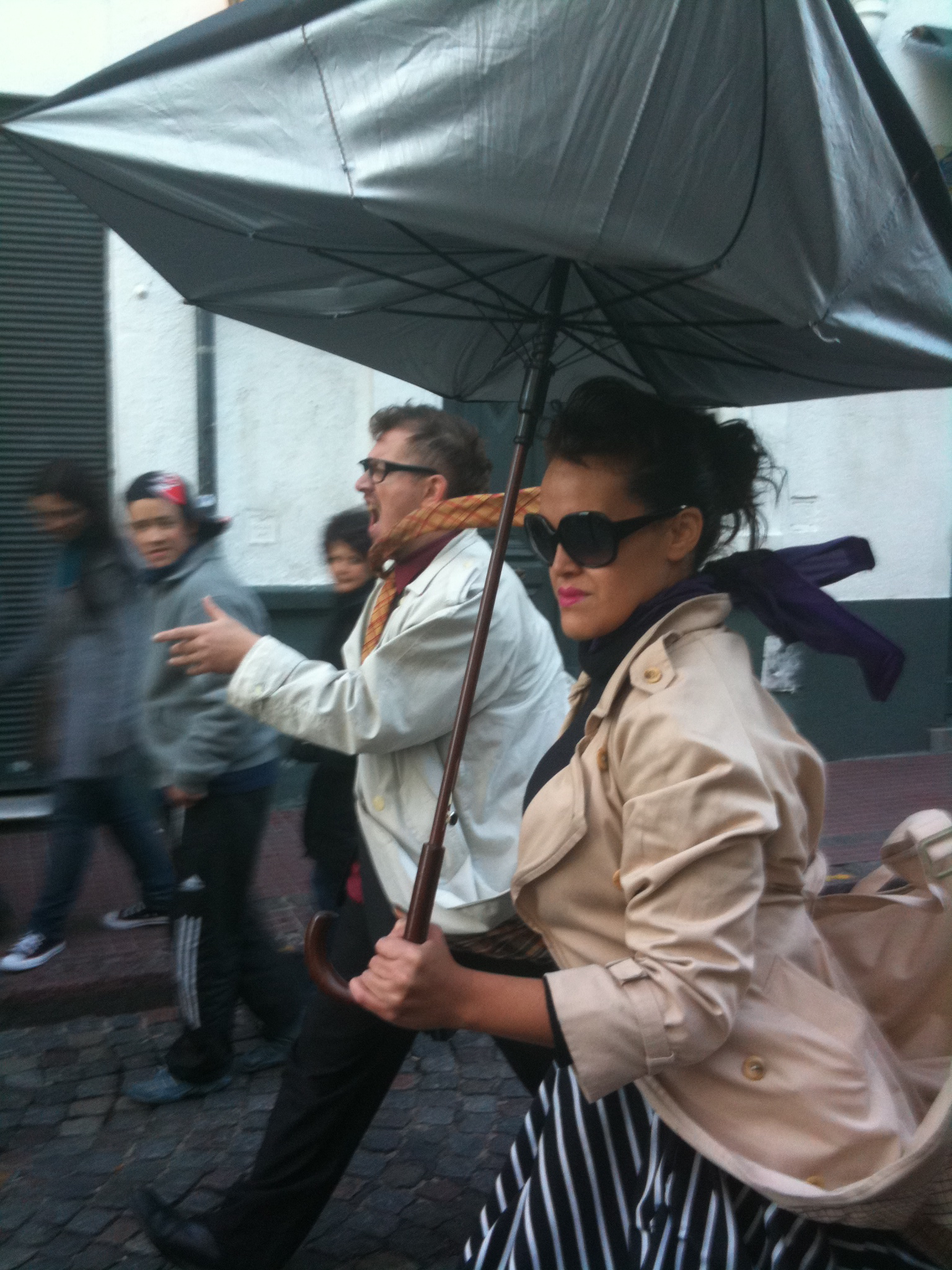
![Reblog this post [with Zemanta]](http://img.zemanta.com/reblog_e.png?x-id=f40d85f8-ffe1-4796-a8e1-d4565f636ac1)
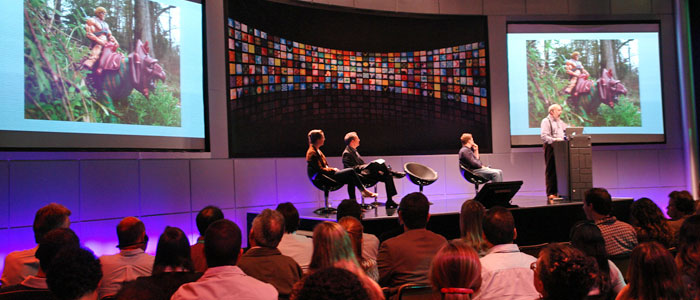
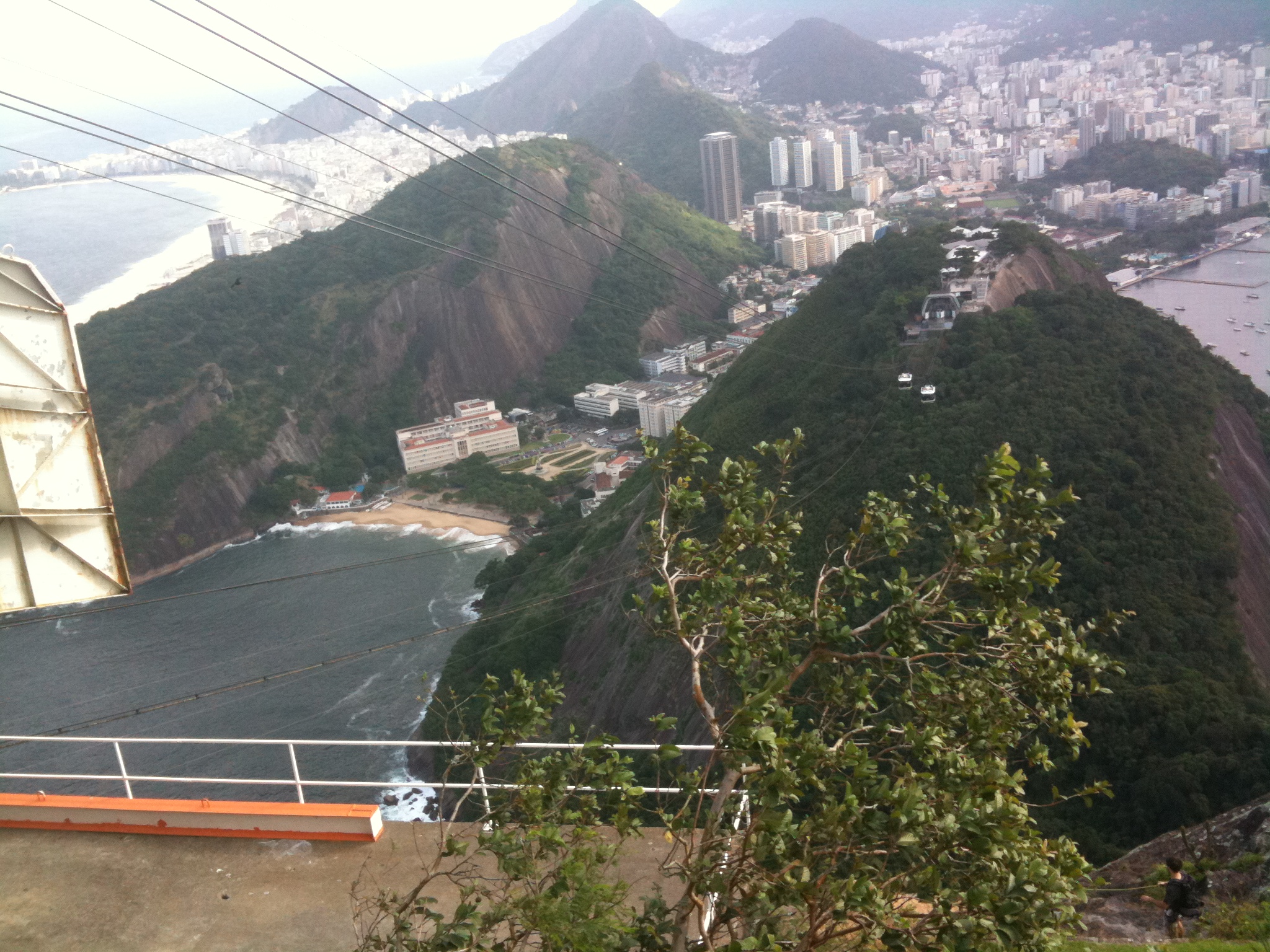
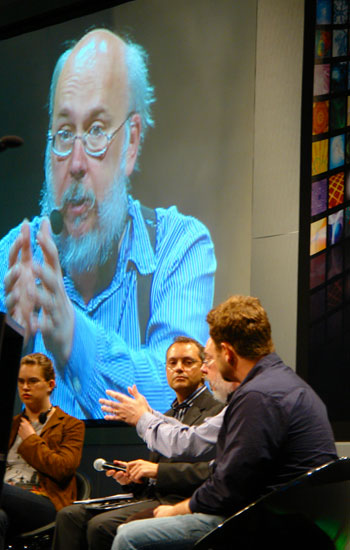
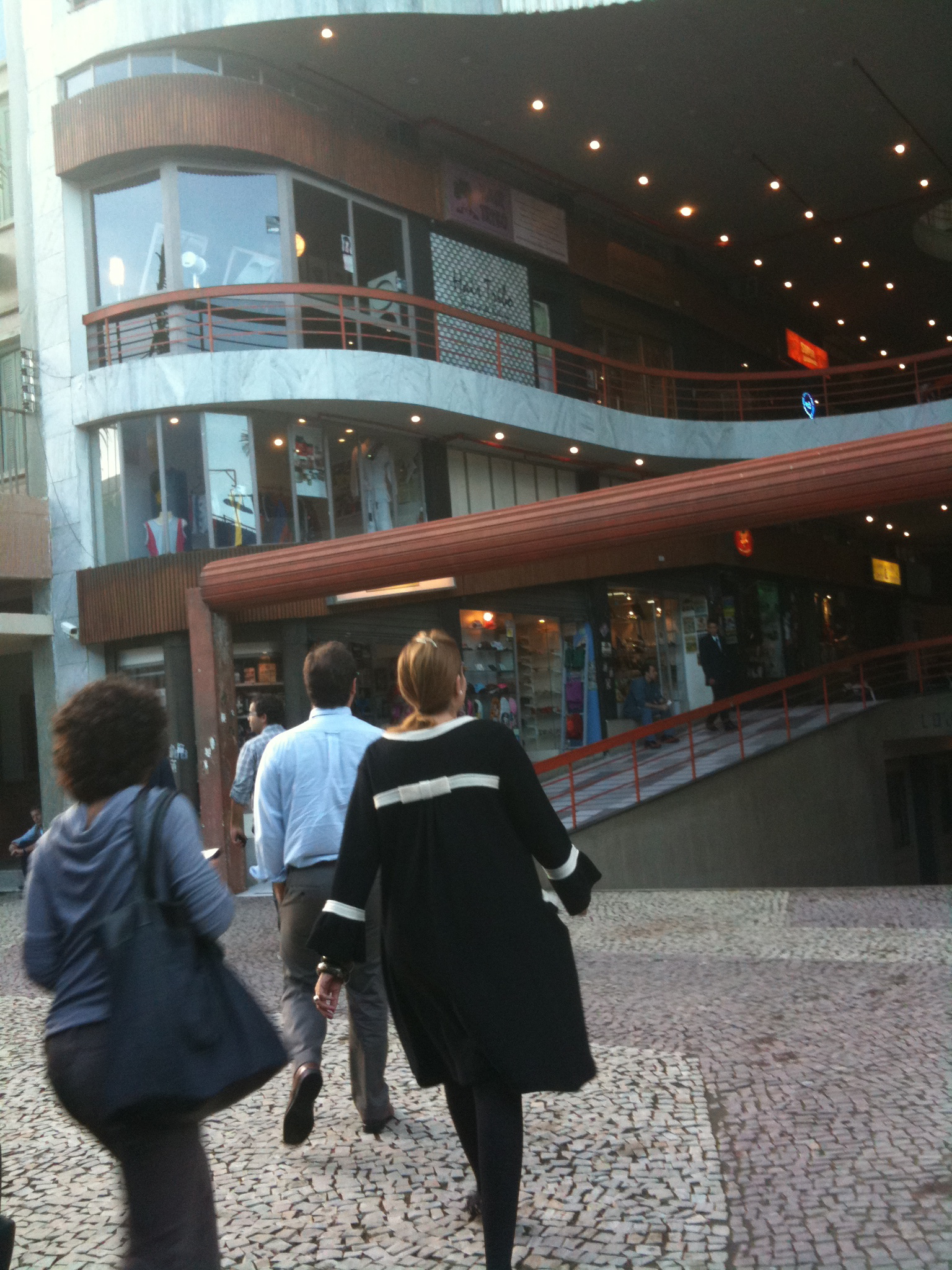
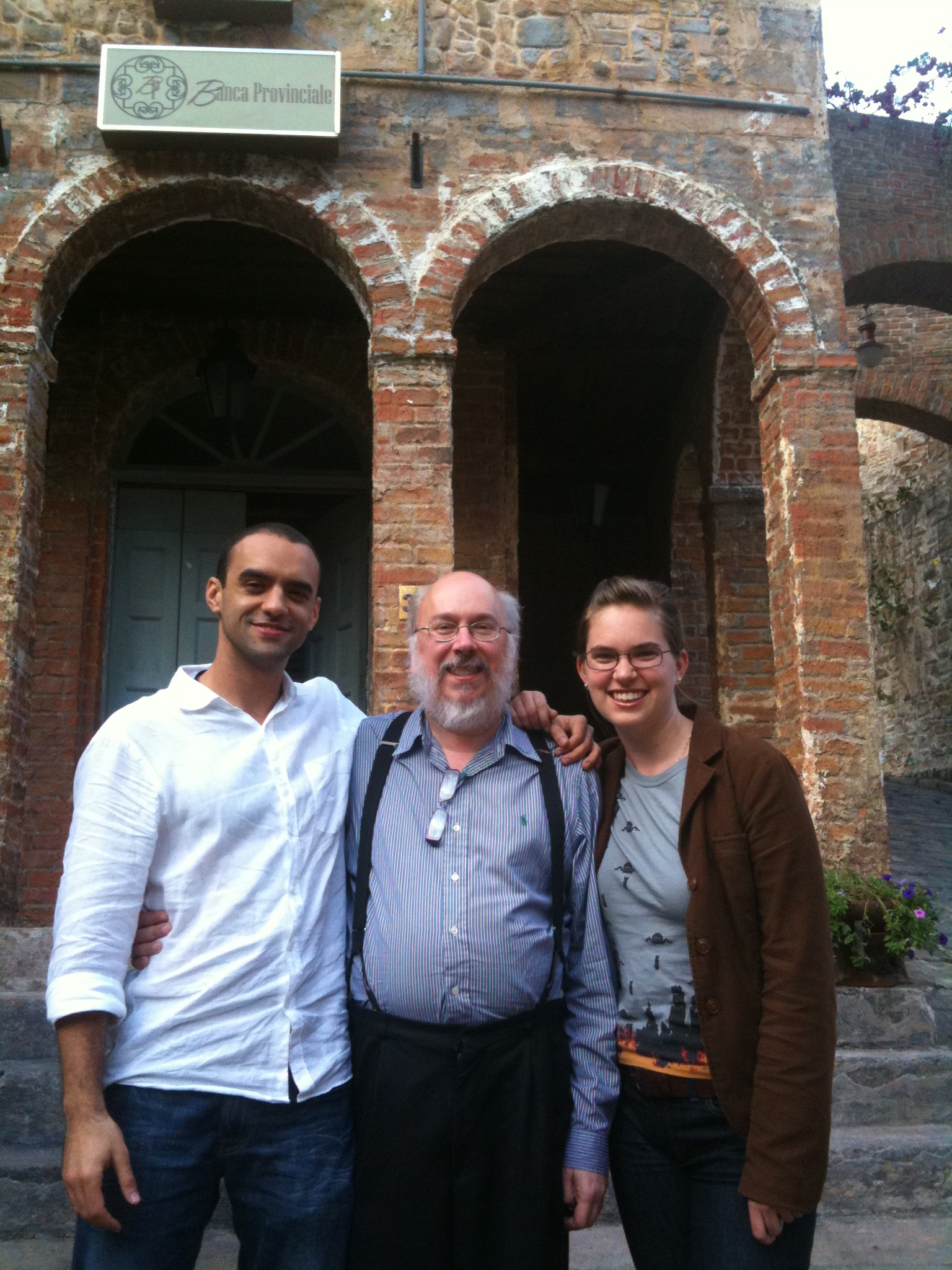
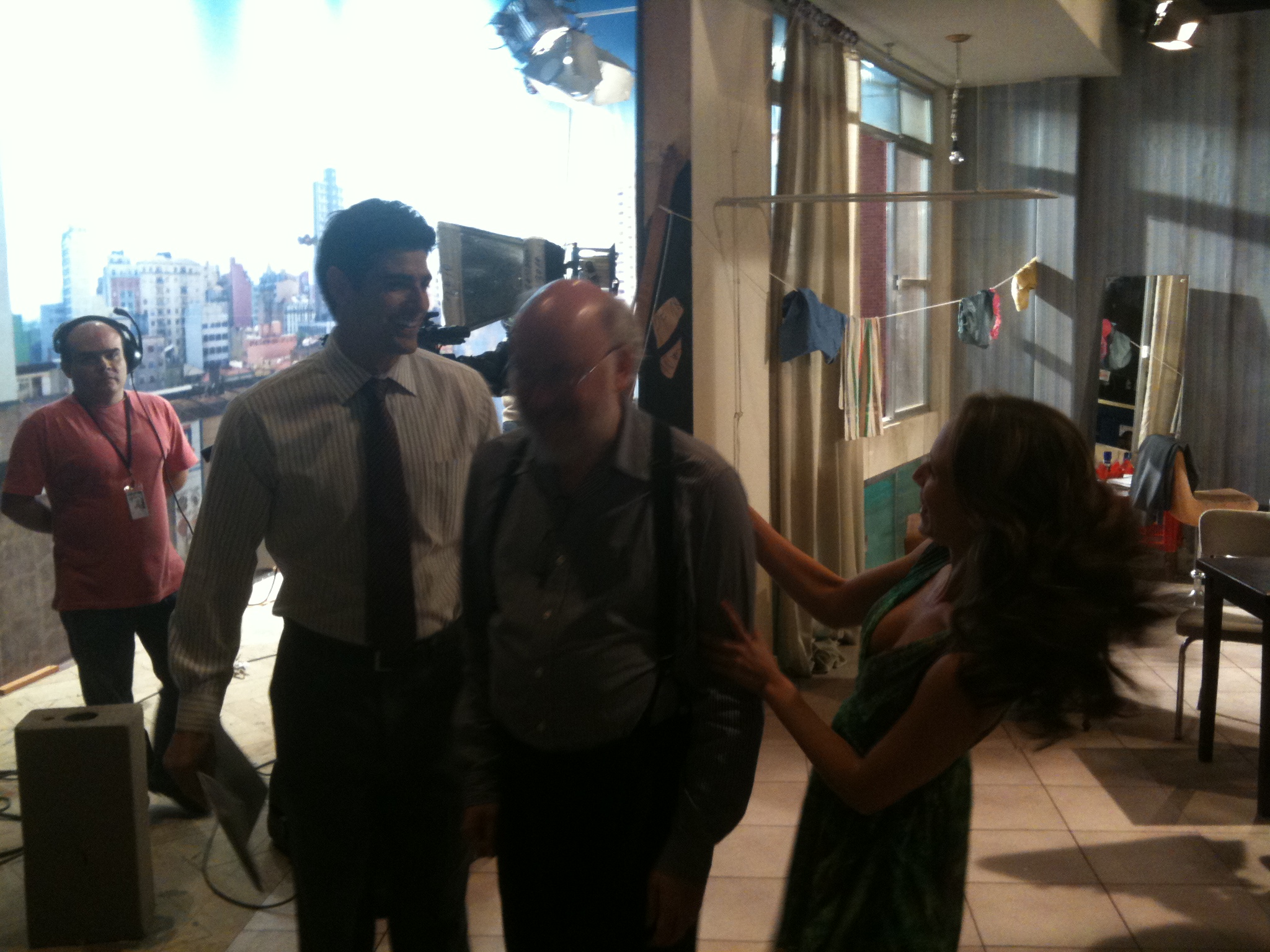
![Reblog this post [with Zemanta]](http://img.zemanta.com/reblog_e.png?x-id=f1b3a7b4-91f9-4e30-91f5-e6d92df9437b)
![Reblog this post [with Zemanta]](http://img.zemanta.com/reblog_e.png?x-id=a2e73b8f-51f5-4468-a552-9dd401ea0e5b)
![Reblog this post [with Zemanta]](http://img.zemanta.com/reblog_e.png?x-id=7f013bed-6e36-4d10-a650-442b25f2639e)
![Reblog this post [with Zemanta]](http://img.zemanta.com/reblog_e.png?x-id=0a7858cb-61f2-400a-9e74-32b6a8eea84e)

![Reblog this post [with Zemanta]](http://img.zemanta.com/reblog_e.png?x-id=e3038901-49a5-4647-98fc-a7e6255949ea)

























